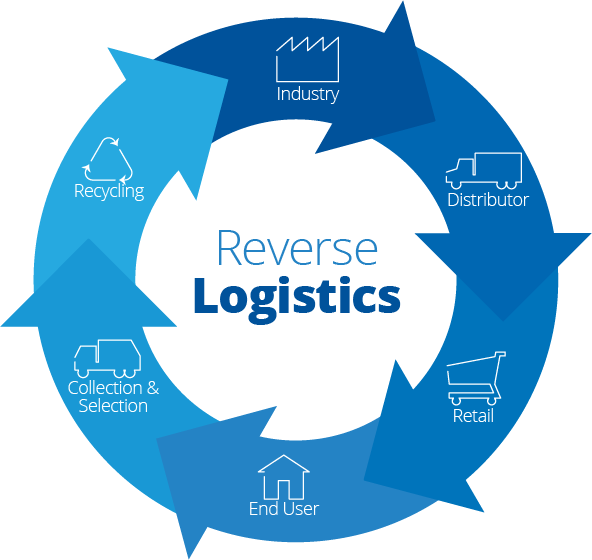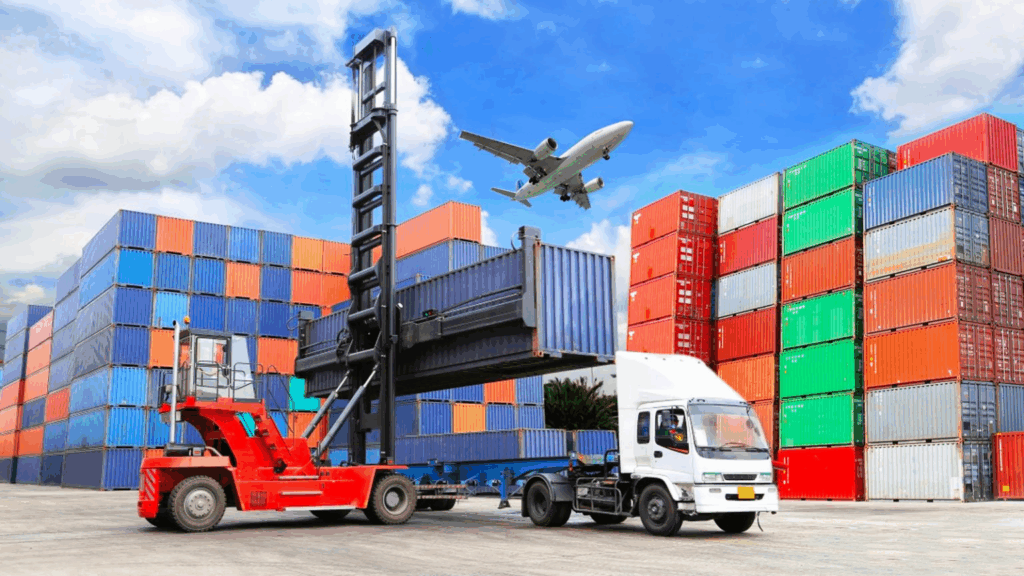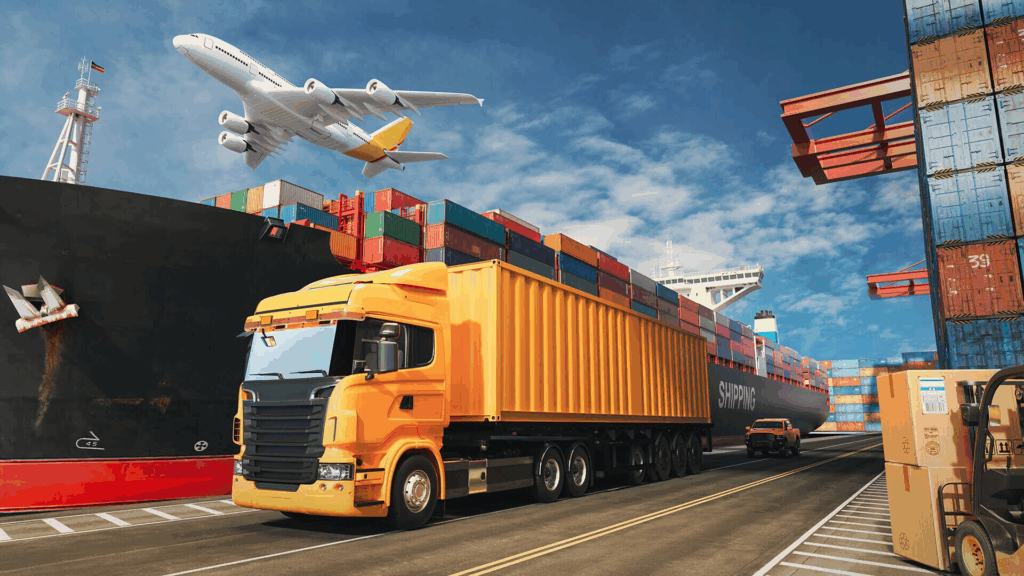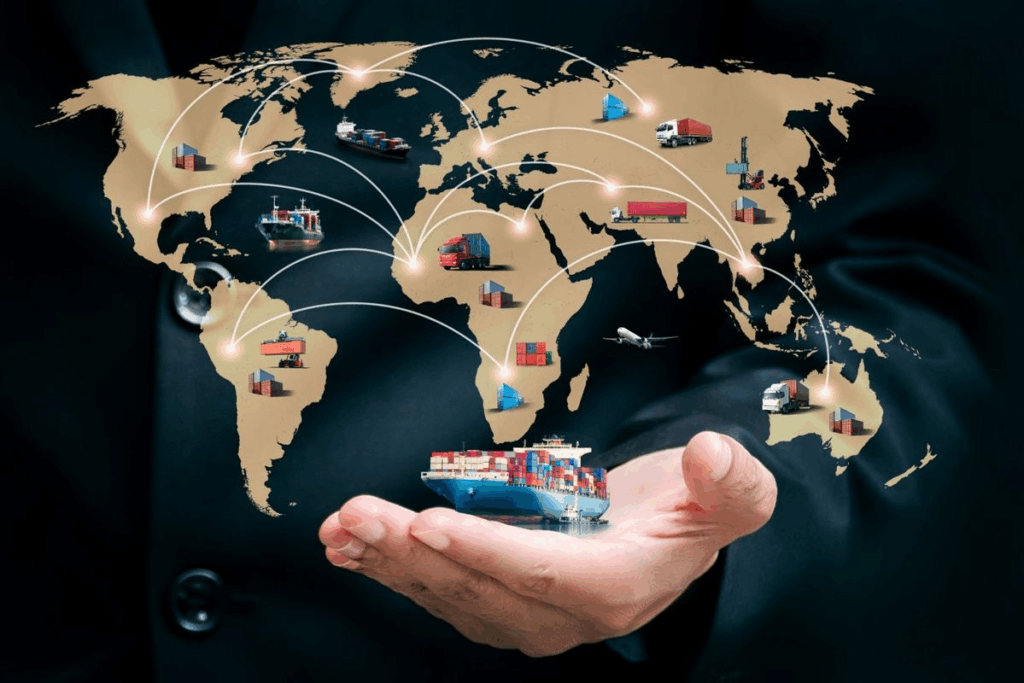Reverse Logistics Revolution: Cutting Costs with a Global Logistics Track Platform
Reverse Logistics Revolution: Cutting Costs with a Global Logistics Track Platform is no longer a future idea—it’s how modern brands protect margins today. Returns are rising, rules keep changing across borders, and customers expect refunds fast. Without end-to-end visibility, costs leak at every step. A global logistics track platform brings all carriers, countries, and workflows into one live view so you can control spend, speed up refunds, and recover more inventory.

1. Reverse Logistics Revolution: What It Really Covers Now
1.1 Returns and Exchanges
Customer-initiated returns, exchanges for size or color, and “try before you buy” programs.
1.2 Repairs and Refurbishment
Warranty fixes, cosmetic repairs, and certified refurbished flows that put goods back on the shelf.
1.3 Recycling and Compliance
Responsible disposal of damaged goods, battery and hazmat handling, and region-specific take-back laws.
2. Cutting Costs in Returns: Where the Hidden Expenses Are
2.1 Visibility Gaps
Multiple carriers, languages, and tracking formats make it hard to know where a return is or why it’s stuck.
2.2 Multi-Carrier Chaos
Labels from different systems, conflicting SLAs, and manual copy-paste work lead to mistakes and re-shipments.
2.3 Cross-Border Duties and VAT
If you can’t prove export/return events, you risk paying duty twice or missing duty drawback opportunities.
2.4 Misrouted Parcels
Returns that travel to the wrong hub add days of delay, more freight cost, and lower resale value.
2.5 Manual RMAs
Email-based RMAs slow everything down. Agents chase photos, serials, and receipts, while customers wait.
3. How a Global Logistics Track Platform Changes the Game

3.1 One Timeline for Every Parcel
A unified event stream merges first-mile, line-haul, customs, and last-mile scans—across all carriers and lanes—into a single live status.
3.2 Self-Service RMAs and Smart Labels
Customers generate return labels inside a branded portal. The platform enforces policy rules (window, condition, geography) and picks the best carrier product automatically.
3.3 Dynamic Routing to the Right Node
The system routes returns to the nearest processing center with stock demand, not just the origin warehouse—cutting transit days and re-stock time.
3.4 Automated Customs Proofs
It captures HS codes, country of origin, and export/return events, then packages the data you need for duty drawback or Returned Goods Relief.
3.5 Exception Detection and Alerts
Late scans, failed deliveries, and customs hold trigger alerts and playbooks, so teams should act before delays become cancellations.
3.6 Condition Capture
Photo and barcode capture at drop-off or courier pickup reduces disputes, speeds refunds, and fights fraud.
4. Where the Savings Come From (Postalparcel Perspective)

Postalparcel focuses on practical levers that produce visible savings:
4.1 Freight Optimization
Rules select the lowest-cost compliant service for each lane and weight, and auto-consolidate multi-item returns.
4.2 Labor Reduction
A self-service returns portal, automated RMAs, and label creation eliminate repetitive tasks for customer support and warehouse teams.
4.3 Faster Inventory Recovery
First-scan-to-restock time drops with dynamic routing, prioritized receiving queues, and instant SKU disposition.
4.4 Tax and Duty Recovery
Structured export/return evidence supports VAT reclaims and duty drawback for cross-border returns.
4.5 Fewer Write-Offs
Disposition rules (resell, refurbish, donate, recycle) keep goods in value-preserving channels rather than defaulting to scrap.
4.6 Sustainability as a Cost Lever
Shorter reverse routes and consolidation reduce miles and carbon—often unlocking cheaper services and better partner terms.
5. A Simple End-to-End Flow You Can Run

- Customer opens the branded returns portal.
- Policy engine validates order, reason, and window.
- The platform suggests exchange, refund, or store credit with clear cost/ETA.
- The best carrier + drop-off option is picked, and the label and QR code are issued.
- Dynamic routing selects the nearest node with demand for that SKU.
- Customer drops the parcel; the first scan starts the live timeline.
- Exception rules alert if the parcel deviates from the plan.
- Node receives, scans, and captures photos; disposition is auto-suggested.
- Refund or exchange triggers when conditions are met (e.g., first scan or quality pass).
- Item is restocked, sent to refurbishment, or routed to recycling—with full audit history.
6. Metrics That Matter (Put These on Your Dashboard)
- Cost per Return (all-in, including labels, handling, and write-offs)
- Return-to-Refund Time (R2R) and First-Scan-to-Restock
- Recovery Rate (value recovered ÷ item retail)
- Exception Rate (parcels with alerts ÷ total)
- Re-route Rate and Average Reverse Distance
- Duty/VAT Reclaimed and Claim Success Rate
- Customer Effort Score for returns experience
7. Playbook by Business Stage

7.1 Early-Stage Brands
- Launch a branded returns portal.
- Enforce policy rules to prevent abuse.
- Use one or two reliable carrier products while volume is small.
7.2 Scale-Ups
- Add dynamic routing and multiple return hubs.
- Turn on exception playbooks and refund-on-first-scan for trusted customers.
- Start collecting structured data for the duty drawback.
7.3 Enterprise
- Connect stores, 3PLs, and refurbishment partners into one network.
- Build SKU-level disposition rules by margin and condition.
- Run carrier scorecards and quarterly cost optimization sprints.
8. Tricky Cases and How to Handle Them
8.1 Hazmat and Batteries
Pre-screen at the portal, issue special labels, and route to compliant facilities only.
8.2 Bulky or Oversized
Use home pickup windows, smart packaging prompts, and regional carriers tuned for bulk.
8.3 Drop-Shipped Items
Returns route to the seller or a designated consolidation hub, while your system still controls labels and status.
8.4 Try-Before-You-Buy
Short windows, prepaid labels tied to order status, and automated reminders keep costs under control.
9. Implementation Checklist (30/60/90)

Days 1–30:
- Connect order and shipment data.
- Launch the portal with policy rules and branded emails.
- Start with top three return lanes and carriers.
Days 31–60:
- Add dynamic routing and exchange offers.
- Turn on exception alerts and refund triggers.
- Train receiving teams on photo capture and barcode flows.
Days 61–90:
- Automate customs evidence and VAT/duty claims.
- Build SKU-level disposition rules.
- Publish a KPI scorecard and start monthly optimization reviews.
10. Quick FAQs
Does a track platform replace my WMS?
No. It complements WMS and OMS by adding cross-carrier visibility, customer-facing returns tools, and reverse routing logic.
How are regional carriers handled?
Events are normalized into a single status model, so you always see “where” and “why” regardless of the carrier’s native terms.
Can customers use pickup points?
Yes. The portal exposes lockers, shop counters, and courier pickup based on postcode and parcel type.
When should refunds trigger?
Set rules by item value and risk: High-trust customers can be refunded on the first scan, and others on check-in or quality pass.
What about data privacy?
Customer data stays within defined regions, with access controls, audit logs, and data retention policies aligned to local laws.
Conclusion
Reverse Logistics Revolution: Cutting Costs with a Global Logistics Track Platform is about turning returns from a loss center into a controlled, measurable process. With unified tracking, automated RMAs, dynamic routing, and clean customs evidence, brands cut freight, speed refunds, and recover more value from every parcel. Postalparcel focuses on these practical levers so your team spends less time chasing labels and statuses—and more time growing the business.
Industry Insights
news via inbox
Nulla turp dis cursus. Integer liberos euismod pretium faucibua








